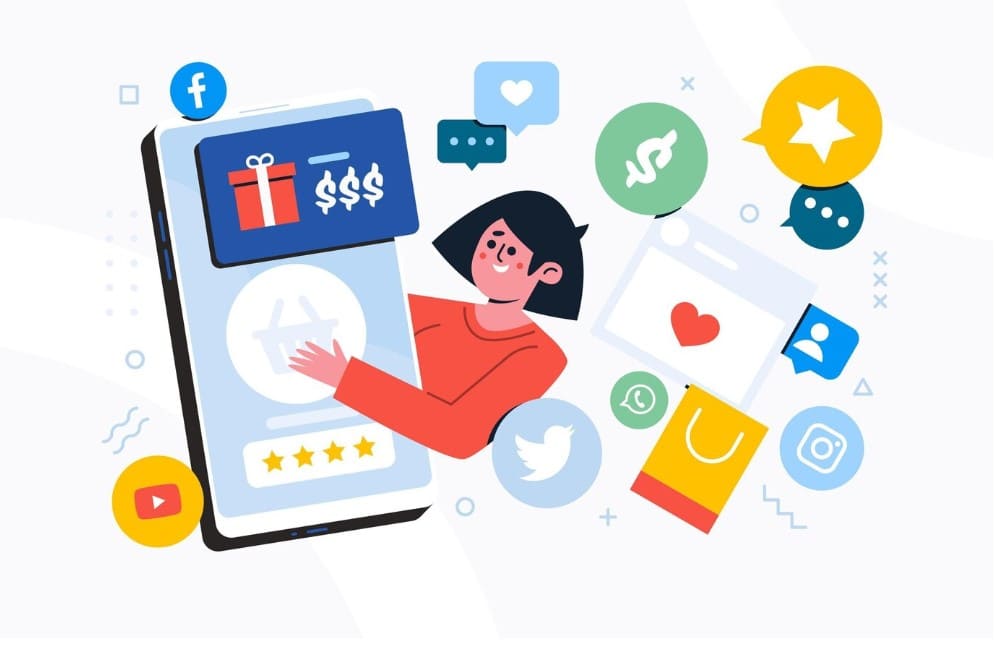Having an online presence for businesses is no longer an option; it is more of a requirement these days. Social media is used by businesses of all sizes to increase their online presence, get followers, and communicate with their target consumers. With this, it is safe to assume that you will no longer find any business these days that are not on social media.
However, whether you’re just getting started or a seasoned veteran, there’s always room for growth. So, here are 4 easy reminders to help you boost your social media game and market your brand successfully.

Email Segmentation Tactics to Skyrocket Your Open Rates
- June 20, 2024
In the ever-crowded world of inboxes, cutting through the noise and getting your emails opened is a constant battle. This is where email segmentation comes in – the strategic division of your email list into smaller, more targeted groups.
By tailoring your emails to specific segments, you can dramatically increase your open rates and engagement. Here are some powerful tactics to skyrocket your open rates through email segmentation:
1. Demographic Segmentation:
Age, Gender, Location: Segment your list based on demographics like age, gender, or location. This allows you to personalize greetings, references, and offers to resonate better with different segments. Imagine sending birthday discounts or using local references that are relevant to specific age groups or locations.
2. Behavioral Segmentation:
Purchase History, Website Activity: Analyze user behavior to segment based on purchase history, website activity, or email engagement. Send targeted emails based on past purchases, recommending complementary products or offering exclusive deals to high-spending customers. For those who haven’t purchased but have browsed your website, send re-engagement campaigns highlighting products they viewed.
3. Lifecycle Stage Segmentation:
Welcome Series, Re-Engagement: Segment your list based on a user’s lifecycle stage with your brand. New subscribers might benefit from a welcome series introducing your brand and core products. For inactive subscribers, craft re-engagement campaigns with enticing offers or valuable content to win them back.
4. Interest-Based Segmentation:
Preferences, Content Engagement: Track user preferences through website interactions or surveys to create interest-based segments. Send targeted emails with content or offers that directly align with their interests. For example, if someone downloads an eBook on healthy recipes, segment them for future emails on healthy living content or kitchenware promotions.
5. Occasion-Based Segmentation:
Holidays, Anniversaries: Celebrate special occasions by segmenting your list for birthday greetings, festive promotions, or back-to-school offers. This adds a personal touch and incentivizes engagement.
Beyond Segmentation – Personalization is Key:
Segmentation is a powerful tool, but don’t stop there. Within each segment, personalize your emails further. Use subscriber names, reference past purchases, or recommend products based on their browsing history. This extra layer of personalization significantly boosts open rates and click-through rates.
Pro Tip: A/B Testing for Optimization:
Don’t settle for assumptions. Utilize A/B testing to compare different subject lines, CTAs, or email layouts within your segments. This data-driven approach helps you identify what resonates best with each audience and continually optimize your email marketing efforts.
By implementing these segmentation tactics and prioritizing personalization, you can unlock the true potential of your email marketing. Remember, relevant and engaging emails are the key to skyrocketing your open rates and fostering loyal customer relationships.
Find Out: For more information about IT, visit this website at IT-Americano
Related articles
Contrary to popular belief, Lorem Ipsum is not simply random text. It has roots in a piece of classical Latin literature from 45 BC, making it over 2000 years old.




